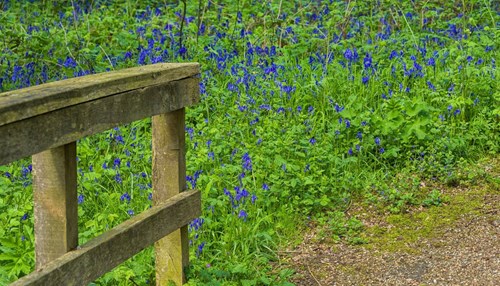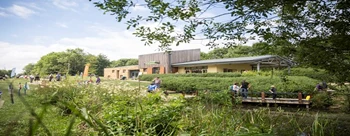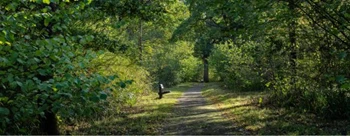Wildlife Blog: Bluebells in our Parks
Spring is in full swing and beautiful English bluebells have begun to carpet our forest floors. While this flower is native to western Europe, the UK is home to about half the world’s population of bluebells. This vibrant wildflower does important work providing food for pollinating woodland insects while also creating a fantastic spectacle throughout our ancient woodlands.
Bluebells are ancient woodland indicators: a beautiful reminder as to how long these areas have been wooded and largely undisturbed as these flowers don’t readily colonise new areas. However, the English bluebell is under threat from the Spanish bluebell- its stronger, non-native cousin. You can help ensure survival of this flower by planting only bulbs of the native variety in your garden and by remaining on marked paths throughout woodlands on your spring walks as they are easily damaged.
You will now be able to spot the bluebells in any of our 3 ancient woodlands: Howe Park Wood, Shenley Wood or Linford Wood.
The video above shows footage of the bluebells in Howe Park Wood in April 2021.











